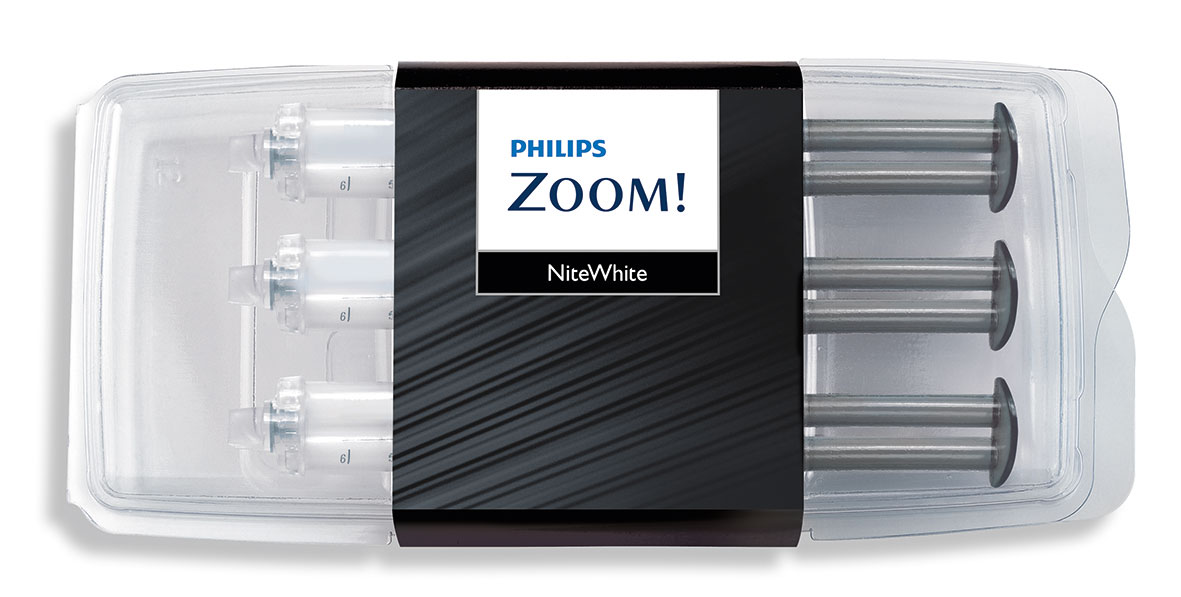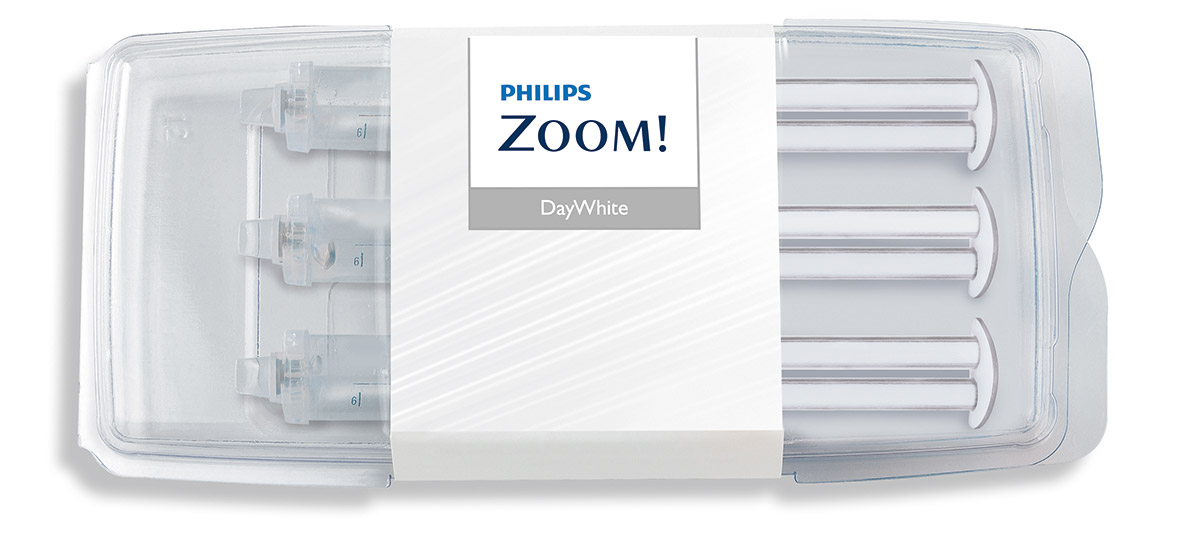Dentistry Study Club hosted various webinars with Andy Wallace, Megan Fairhall and Affan Saghir on tooth whitening recently. Here is the first in a five part series covering everything you need to know about offering tooth whitening in your dental practice.
Lockdown has been an opportunity for the dental profession to catch up on their education.
Philips Oral Healthcare sponsored a number of webinars on tooth whitening. The Philips team were delighted to see how so many dentists, hygienists and therapists were enthusiastic to learn more about the subject.
Aerosol-free tooth whitening is an attractive practice builder, which can involve the whole dental team. Here are the questions and answers provided by Dr Affan Saghir, Dr Andrew Wallace and dental hygienist Megan Fairhall during their webinars.
Methodologies
What types of whitening do you work with?
Megan Fairhall: I think it is important to offer a tailored treatment to each patient, as not one size fits them all. There are the take home whitening trays, which typically consist of two weeks’ worth of tooth whitening with a day or night gel. Then you also have the Zoom in-chair treatment.
Both are Philips treatments and I cannot advocate these enough. You need a reputable brand backed up by clinical research to give you peace of mind when offering a treatment.
The chairside treatment takes about one hour and a half and claims up to six shades whiter. It uses the 6% hydrogen peroxide gel – that is the highest amount we can legally use in the UK.
Even with the chairside, I typically recommend the take home trays for a few days to top it up (two to five days as opposed to two to three weeks as full home treatment).
Combining the two gives better results, which in turn leads to personal and word of mouth recommendations.

What is the difference between day and night gel?
Megan Fairhall: The Daywhite gel is 6% hydrogen peroxide. The Nightwhite is 10% or 16% carbamide peroxide.
The Nitewhite gels get broken down into hydrogen peroxide, so it is a longer process at whitening the teeth. Hence patients use it over a longer period of time, ie overnight.
The Nitewhite gel can be used during the day over a period of four hours, and the gel is the most active in its first four hours. The day gel is the same one used during the Zoom in-chair procedure.
Do you use reservoirs for whitening?
Megan Fairhall: Studies show that reservoirs don’t really make any difference. I don’t personally use them.
Maybe some people would find them useful helping patients to know where to place the gel.
How much clinical time do you require for a bleaching treatment?
Megan Fairhall: One hour and a half, up to two hours, for in-chair treatment to start with and get used to the procedure. Then the more you do it, the quicker it becomes.
For the home trays, you need to factor in the 20-minute impression appointment, half an hour for the demonstration appointment and 15 minutes for the review.
What is the standard protocol when carrying out whitening treatment?
Megan Fairhall: After patients have their review, we typically ask them to come back six months later as part of their oral health maintenance.
There is nothing stipulated so it is dependent on the patient’s preference. We can then advise them on hygiene and follow up with an airflow appointment to help maintain the colour of their teeth.
The Philips top up kits are the 6% hydrogen peroxide, and the 10% and 16% carbamide peroxide.
How long does a whitening syringe last?
Megan Fairhall: With the Philips take home gel, there is a marker on the syringe. Each tube should last three days. But longer if they don’t whiten the back teeth.
What is the difference between percentages?
Megan Fairhall: Different people respond differently. The 16% Nitewhite does seem to get the quicker results. It works a bit quicker. But more sensitivity is noticed, which may impact on compliance, and then on results.
The 10% may be easier for a more enjoyable experience and better compliance.

How long do you need to wait between whitening and composite bonding?
Affan Saghir: After whitening, it takes between 14 days and three weeks for the oxygen-free radical particles to dissipate out of the tooth’s surface. As a result, two to three weeks after whitening you can fit the composites.
If a patient is having Invisalign treatment and has 10 aligners, after tray number five you should start whitening for three weeks.
After this, stop whitening until the end of treatment. This gives you enough time to start the composite workflow once the alignment is complete.
Can you whiten teeth with attachments on?
Affan Saghir: You can whiten with attachments on, using aligners. The whitening gel diffuses into the tooth, whitening the enamel underneath the attachment.
Once the patient’s alignment journey is complete, you simply take the attachment off for uniformly whiter teeth.
What is the timing of whitening within clear aligner therapy? Is it at the beginning, middle or towards the end?
Andrew Wallace: I will try to plan the whitening of the patient’s teeth when they are in the last few weeks of alignment. After the patient completes the most significant tooth movements.
This keeps the motivation high and the trays will still fit really well as the movements are smaller.
Can patients continue with whitening with retainers?
Andrew Wallace: All my aligner patients get a new removable retainer after the fitting of the fixed retainer and any edge bonding.
At the same time I make this, I make a new bleaching tray for ongoing maintenance.
What other options do we have for trays?
Megan Fairhall: Philips partnered with IAS Lab to offer practices the highest quality bleaching trays produced to your exact specifications.
You send the impressions off. You request the whitening gel percentage you wish to have (6% hydrogen peroxide, 10% carbamide peroxide or 16% carbamide peroxide) and they send back the customised trays. This is so easy and means that you don’t need to have any stocks in practice.
IAS makes the most incredible trays with a very good seal that makes all the difference. You do not want saliva to get in nor gel to get out.
Good trays mean good results mean happy patients!
Effectiveness
What is more effective, at-home or chairside whitening?
Affan Saghir: I firmly believe that at-home teeth whitening works better.
I haven’t read any systematic review article to support in-surgery whitening. All the evidence points towards a lower concentration of solution over a longer period of time at home to be the most effective.
What type of tray should you use?
Affan Saghir: The most important thing is that the tray is accurate, and tight fitting, so a good impression is key.
I like trays without reservoirs best, with scalloped edges to ensure there is no leaking. This will ensure the gel absorbs effectively into the tooth.
If a patient hasn’t achieved a satisfactory result, what can you do? Would you recommend a longer period of treatment?
Andrew Wallace: I try to identify the more difficult cases and modify the patient expectations.
If they need another tube or two of gel that’s no problem. But using the techniques I described in the webinar I rarely have anyone who is not satisfied.
For more information visit www.philips.co.uk/dentalprofessional or call 0800 0567 222.


